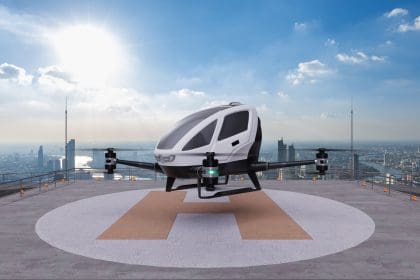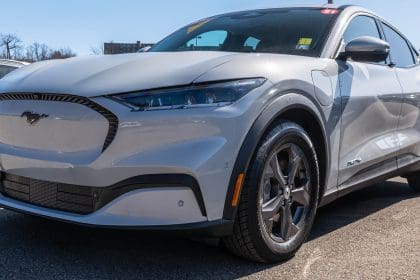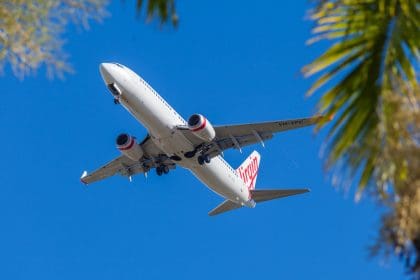The idea of flying taxis still seems like something out of a science fiction movie – even though they could be hovering over the streets of Paris, taking passengers to and from this summer’s Olympic Games.
Sci-fi has become reality – the technology exists, the flying taxis have been built and test flights have been carried out. But, understandably, flying cabs must satisfy multiple safety and aviation regulations before they are allowed to operate – and all the licences needed for this summer’s Olympics are not quite there.
Legislation
Public hire taxis and PHVs go through checks to ensure they are safe, the drivers are qualified and the correct taxi insurance is in place. Take all that into account, then make it airborne, flying over a densely populated city, and the list of safety requirements and regulations is understandably huge.
This is the situation faced by VoloCity – the two-seater flying taxi developed by German aviation start-up Volocopter – which is ready for flight. As Politico reveals, delays obtaining the necessary licences has pushed back lift-off by about a year.
However, while the flying taxis will not be allowed to operate fare-paying routes, it is still possible the VoloCity aircraft could still be used to shuttle athletes and VIPs around the Games sites.
Despite the apparent setback for Europe’s first flying taxi, China has issued the world’s first certification for an autonomous flying taxi.
Cleared for take-off
Euronews.next reports that Chinese startup Ehang’s EH216-S unmanned electric aircraft is the world’s first to receive a safety and airworthiness certificate.
Like other flying cabs, the two-seater electric vehicle uses several small rotors and has a range of 30km.
China’s Civil Aviation Administration told AFP: “This model will undergo operational qualification examinations and will be officially put into commercial operation once it has met the requirements.”
EHang founder and CEO Hu Huazhi was delighted with the news, adding: “We hope to be the first in the world, in the short term, to launch commercial operation of autopilot eVTOLs.”
Dubai deal
There is similar excitement in the US where California-based Joby Aviation has reached an agreement to launch flying taxis in Dubai within two years.
The cabs will carry four passengers and a pilot and have a top speed of 200mph, reducing the current journey from Dubai International Airport to Palm Jumeirah from 45 minutes to 10.
Airqualitynews.com reports that the deal will give Joby exclusive rights to operate flying cabs in Dubai for six years, as well as receiving support from the country’s Road and Transport Authority.
Joby founder and CEO JoeBen Bevirt told Airqualitynews: “It is an honor to partner with the government of Dubai to demonstrate the value of sustainable air travel to the world.
“Today’s landmark agreement delivers on all three ingredients required to successfully launch an air taxi service – a definitive path to operations, well-placed infrastructure supported by dedicated partners, and an aircraft with the capacity and range to deliver meaningful journeys.
“We’re looking forward to delivering an incredible experience for residents and visitors to Dubai as early as 2025 and we’re excited to be laying the groundwork for the expansion of our service across the wider UAE.”
There will be four vertiports designed and operated by Skyports.
While the dream of taxis flying over Paris this summer is unlikely to become a reality, we could still see them over the city’s iconic skyline as a free shuttle service for a select few.
But, given developments in Dubai and China, the next couple of years could see huge steps forward to creating flying taxis around the world.




